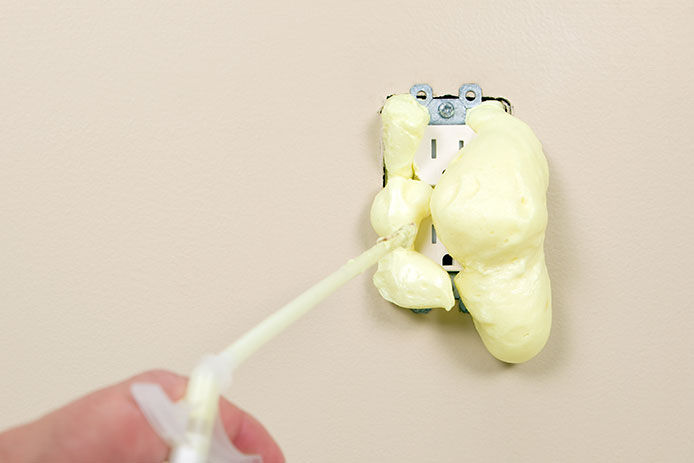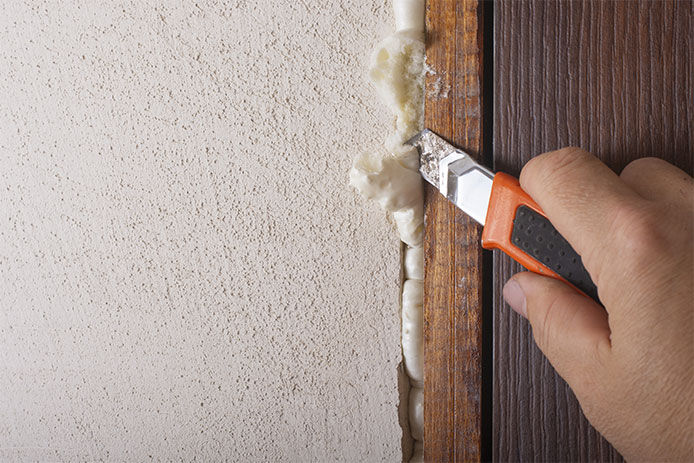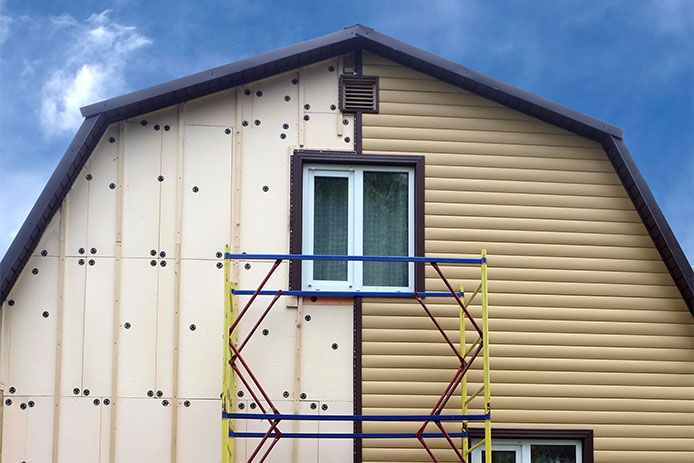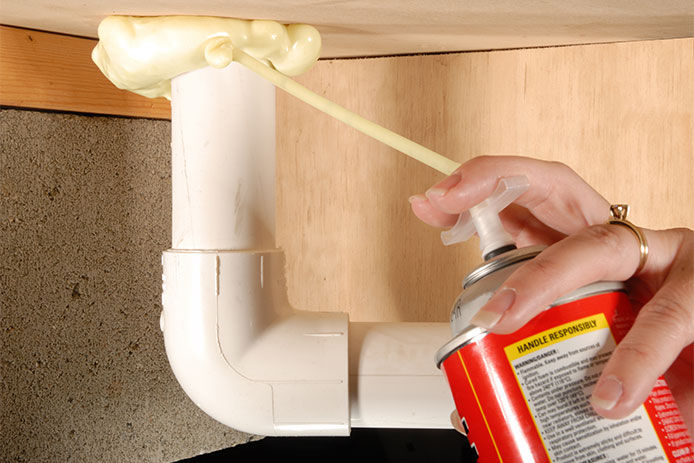- Sealing around electrical boxes that can become damaged by overheating
- Insulating large areas like openings in walls that are more than a few inches wide
- Replacing missing materials that are more than two inches wide
- Around ceiling light canisters designed for in-ceiling use
- Indoors where residents or pets will come in contact with the cured foam
While do-it-yourself projects can be fun and fulfilling, there is always a potential for personal injury or property damage. We strongly suggest that any project beyond your abilities be left to licensed professionals such as electricians, plumbers, and carpenters. Any action you take upon the information on this website is strictly at your own risk, and we assume no responsibility or liability for the contents of this article.





